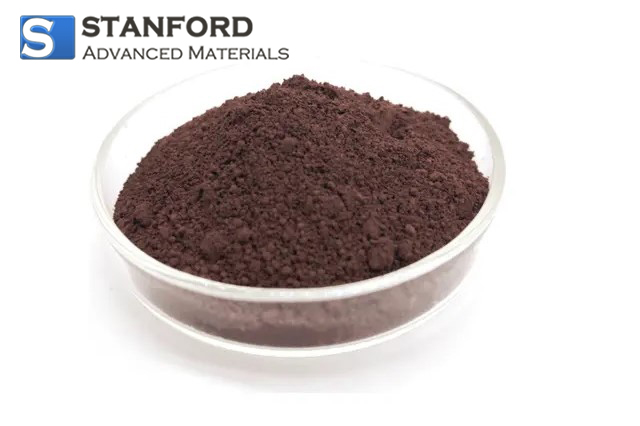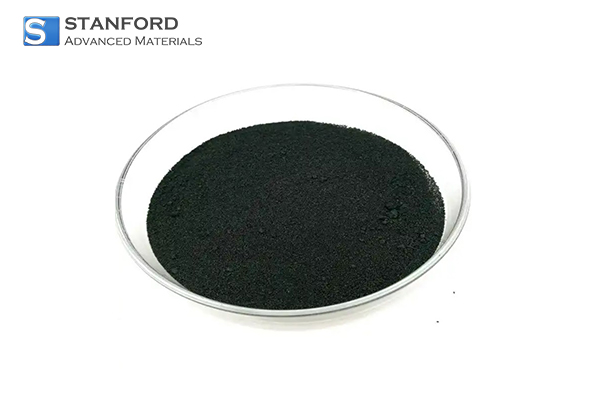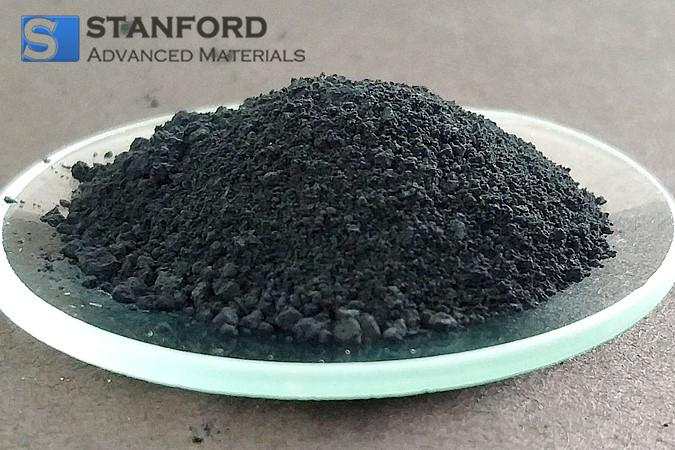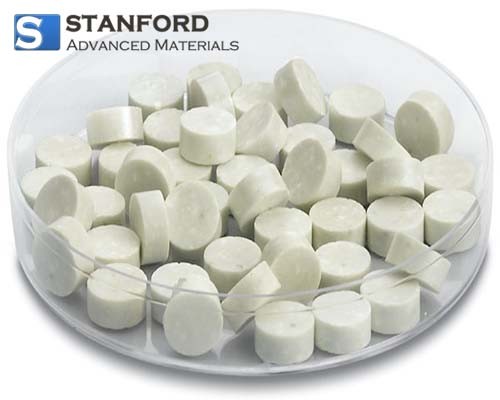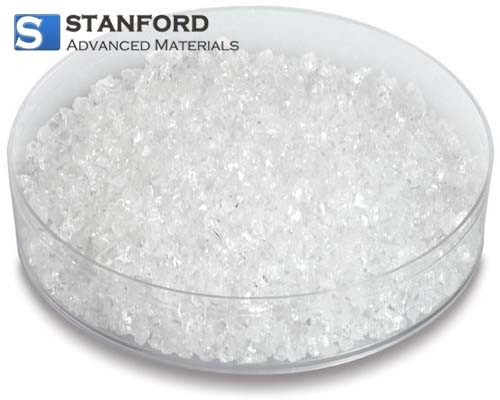SECTION 1. IDENTIFICATION
Product Name: Calcium Hydride
CAS #: 7789-78-8
Relevant identified uses of the substance: Scientific research and development
Supplier details:
Stanford Advanced Materials
E-mail: sales@samaterials.com
Tel: (949) 407-8904
Address: 23661 Birtcher Dr., Lake Forest, CA 92630 U.S.A.
SECTION 2. HAZARDS IDENTIFICATION
Classification
This chemical is considered hazardous by the 2012 OSHA Hazard Communication Standard (29 CFR
1910.1200)
Substances/mixtures which, in contact with water, emit
flammable gases
Category 1
Skin Corrosion/irritation Category 2
Serious Eye Damage/Eye Irritation Category 2
Label Elements
Signal Word
Danger
Hazard Statements
In contact with water releases flammable gases which may ignite spontaneously
Causes skin irritation
Causes serious eye irritation
Precautionary StatementsPrevention
Keep away from any possible contact with water, because of violent reaction and possible flash fire
Handle under inert gas. Protect from moisture
Wear protective gloves/protective clothing/eye protection/face protection
Skin
Brush off loose particles from skin. Immerse in cool water/wrap with wet bandages
Fire
In case of fire: Use CO2, dry chemical, or foam for extinction
Storage
Store in a dry place. Store in a closed container
Disposal
Dispose of contents/container to an approved waste disposal plant
Hazards not otherwise classified (HNOC)
May form combustible dust concentrations in air
SECTION 3. COMPOSITION/INFORMATION ON INGREDIENTS
Component CAS-No Weight %
Calcium hydride (CaH2) 7789-78-8 93
SECTION 4. FIRST AID MEASURES
Eye Contact Immediate medical attention is required. Rinse immediately with plenty of water, also
under
the eyelids, for at least 15 minutes.
Skin Contact Wash off immediately with plenty of water for at least 15 minutes. Immediate medical
attention is required. Discard contaminated shoes.
Inhalation Remove from exposure, lie down. Move to fresh air. If not breathing, give artificial
respiration. Immediate medical attention is required.
Ingestion Do not induce vomiting. Never give anything by mouth to an unconscious person. Drink
plenty of water. Call a physician immediately.
Most important symptoms/effects No data available.
Notes to Physician Treat symptomatically
SECTION 5. FIREFIGHTING MEASURES
Suitable Extinguishing Media Flooding quantities of water. Dry chemical, soda ash, lime or sand.
Unsuitable Extinguishing Media No data available
Flash Point No data available
Method - No data available
Autoignition Temperature 300 °C / 572 °F
Explosion Limits
Upper No data available
Lower No data available
Sensitivity to Mechanical Impact No data available
Sensitivity to Static Discharge No data available
Specific Hazards Arising from the Chemical
Water reactive. Produce flammable gases on contact with water.
Hazardous Combustion Products
HydrogenProtective Equipment and Precautions for Firefighters
As in any fire, wear self-contained breathing apparatus pressure-demand, MSHA/NIOSH (approved or
equivalent) and full
protective gear.
NFPA
Health
2
Flammability
3
Instability
2
Physical hazards
W
SECTION 6. ACCIDENTAL RELEASE MEASURES
Personal Precautions Use personal protective equipment. Ensure adequate ventilation.
Environmental Precautions See Section 12 for additional ecological information.
Methods for Containment and Clean
Up
Avoid dust formation. Remove all sources of ignition. Use spark-proof tools and
explosion-proof equipment. Sweep up or vacuum up spillage and collect in suitable
container for disposal. Do not let this chemical enter the environment. Do not expose spill to
water.
SECTION 7. HANDLING AND STORAGE
Handling Use only in area provided with appropriate exhaust ventilation. Avoid contact with skin and
eyes. Do not breathe dust. Minimize dust generation and accumulation. Do not allow
contact with water.
Storage Keep in a dry, cool and well-ventilated place. Keep container tightly closed. Keep away
from heat and sources of ignition. Never allow product to get in contact with water during
storage. Keep under nitrogen.
SECTION 8. EXPOSURE CONTROLS/PERSONAL PROTECTION
Exposure Guidelines This product does not contain any known or suspected reproductive hazards
Engineering Measures Ensure adequate ventilation, especially in confined areas. Ensure that
eyewash stations
and safety showers are close to the workstation location.
Personal Protective Equipment
Eye/face Protection Wear appropriate protective eyeglasses or chemical safety goggles as described
by
OSHA's eye and face protection regulations in 29 CFR 1910.133 or European Standard
EN166.
Skin and body protection Wear appropriate protective gloves and clothing to prevent skin exposure.
Respiratory Protection Follow the OSHA respirator regulations found in 29 CFR 1910.134 or European
Standard
EN 149. Use a NIOSH/MSHA or European Standard EN 149 approved respirator if
exposure limits are exceeded or if irritation or other symptoms are experienced.Hygiene Measures Handle in accordance with good industrial hygiene and safety practice.
SECTION 9. PHYSICAL AND CHEMICAL PROPERTIES
Physical State Solid
Appearance Grey
Odor Odorless
Odor Threshold No data available
pH No data available
Melting Point/Range 675 °C / 1247 °F
Boiling Point/Range No data available
Flash Point No data available
Evaporation Rate N/A
Flammability (solid,gas) No data available
Flammability or explosive limits
Upper No data available
Lower No data available
Vapor Pressure No data available
Vapor Density N/A
Specific Gravity 1.900
Solubility Reacts with water
Partition coefficient; n-octanol/water No data available
Autoignition Temperature 300 °C / 572 °F
Decomposition Temperature No data available
Viscosity N/A
Molecular Formula Ca H2
Molecular Weight 42.09
SECTION 10. STABILITY AND REACTIVITY
Reactive Hazard Yes
Stability Stable under normal conditions. Water reactive.
Conditions to Avoid Avoid dust formation. Keep away from open flames, hot surfaces and sources of
ignition.
Protect from water. Excess heat. Incompatible products. Exposure to moist air or water.
Incompatible Materials Acids, Water, Strong acids, Alcohols, Halogens, Acid anhydrides, Reducing
agents
Hazardous Decomposition Products Hydrogen
Hazardous Polymerization Hazardous polymerization does not occur.
Hazardous Reactions None under normal processing
SECTION 11. TOXICOLOGICAL INFORMATION
Acute Toxicity
Product Information No acute toxicity information is available for this product
Component Information
Toxicologically Synergistic
Products
No data available
Delayed and immediate effects as well as chronic effects from short and long-term exposureIrritation Irritating to eyes and skin
Sensitization No data available
Carcinogenicity The table below indicates whether each agency has listed any ingredient as a
carcinogen.
Component CAS-No IARC NTP ACGIH OSHA Mexico
Calcium hydride
(CaH2)
7789-78-8 Not listed Not listed Not listed Not listed Not listed
Mutagenic Effects No data available
Reproductive Effects No data available.
Developmental Effects No data available.
Teratogenicity No data available.
STOT - single exposure None known
STOT - repeated exposure None known
Aspiration hazard No data available
Symptoms / effects,both acute and
delayed
No data available
Endocrine Disruptor Information No data available
Other Adverse Effects The toxicological properties have not been fully investigated
SECTION 12. ECOLOGICAL INFORMATION
Ecotoxicity
Do not empty into drains. Reacts with water so no ecotoxicity data for the substance is available.
Persistence and Degradability Persistence is unlikely based on information available.
Bioaccumulation/ Accumulation No data available.
Mobility Is not likely mobile in the environment
SECTION 13. DISPOSAL CONSIDERATIONS
Waste Disposal Methods Chemical waste generators must determine whether a discarded chemical is
classified as a
hazardous waste. Chemical waste generators must also consult local, regional, and
national hazardous waste regulations to ensure complete and accurate classification.
SECTION 14. TRANSPORT INFORMATION
DOT
UN-No UN1404
Proper Shipping Name CALCIUM HYDRIDE
Hazard Class 4.3
Packing Group I
TDG
UN-No UN1404
Proper Shipping Name CALCIUM HYDRIDE
Hazard Class 4.3
Packing Group I
IATA
UN-No UN1404Proper Shipping Name CALCIUM HYDRIDE
Hazard Class 4.3
Packing Group I
IMDG/IMO
UN-No UN1404
Proper Shipping Name CALCIUM HYDRIDE
Hazard Class 4.3
Packing Group I
SECTION 15. REGULATORY INFORMATION
International Inventories
Component TSCA DSL NDSL EINECS ELINCS NLP PICCS ENCS AICS IECSC KECL
Calcium hydride (CaH2) X X - 232-189-2 - X X X X X
Legend:
X - Listed
E - Indicates a substance that is the subject of a Section 5(e) Consent order under TSCA.
F - Indicates a substance that is the subject of a Section 5(f) Rule under TSCA.
N - Indicates a polymeric substance containing no free-radical initiator in its inventory name but is
considered to cover the designated
polymer made with any free-radical initiator regardless of the amount used.
P - Indicates a commenced PMN substance
R - Indicates a substance that is the subject of a Section 6 risk management rule under TSCA.
S - Indicates a substance that is identified in a proposed or final Significant New Use Rule
T - Indicates a substance that is the subject of a Section 4 test rule under TSCA.
XU - Indicates a substance exempt from reporting under the Inventory Update Rule, i.e. Partial
Updating of the TSCA Inventory Data Base
Production and Site Reports (40 CFR 710(B).
Y1 - Indicates an exempt polymer that has a number-average molecular weight of 1,000 or greater.
Y2 - Indicates an exempt polymer that is a polyester and is made only from reactants included in a
specified list of low concern reactants
that comprises one of the eligibility criteria for the exemption rule.
U.S. Federal Regulations
TSCA 12(b) N/A
SARA 313 N/A
SARA 311/312 Hazard Categories
Acute Health Hazard Yes
Chronic Health Hazard No
Fire Hazard No
Sudden Release of Pressure Hazard No
Reactive Hazard Yes
CWA (Clean Water Act) N/A
Clean Air Act N/A
OSHA Occupational Safety and Health Administration
N/A
CERCLA
N/A
California Proposition 65 This product does not contain any Proposition 65 chemicals
U.S. State Right-to-Know
Regulations
Component Massachusetts New Jersey Pennsylvania Illinois Rhode Island
Calcium hydride (CaH2) - X - - -
U.S. Department of TransportationReportable Quantity (RQ): N
DOT Marine Pollutant N
DOT Severe Marine Pollutant N
U.S. Department of Homeland Security
This product does not contain any DHS chemicals.
Other International Regulations
Mexico - Grade No data available
Canada
This product has been classified in accordance with the hazard criteria of the Controlled Products
Regulations (CPR) and
the MSDS contains all the information required by the CPR
WHMIS Hazard Class B6 Reactive flammable material
D2B Toxic materials
SECTION 16. OTHER INFORMATION
Safety Data Sheet according to Regulation (EC) No. 1907/2006 (REACH). The above information is
believed to be correct but does not purport to be all inclusive and shall be used only as a guide. The
information in this document is based on the present state of our knowledge and is applicable to the
product with regard to appropriate safety precautions. It does not represent any guarantee of the
properties of the product.


 English
English Española
Española Deutsch
Deutsch Français
Français Italiano
Italiano
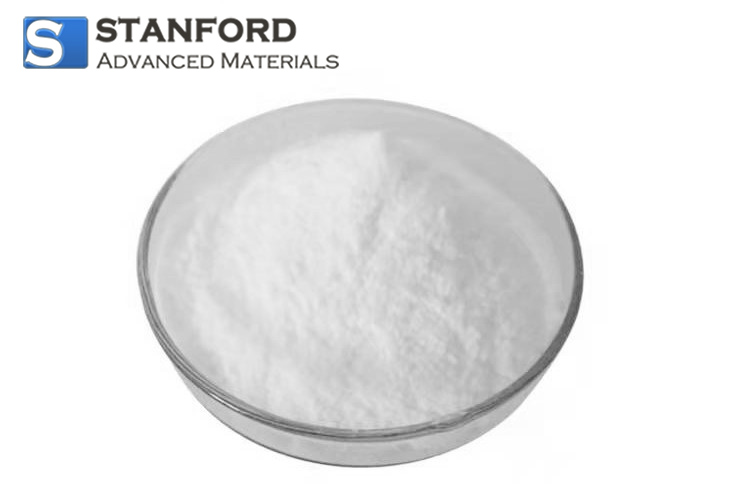
 GHS02
GHS02